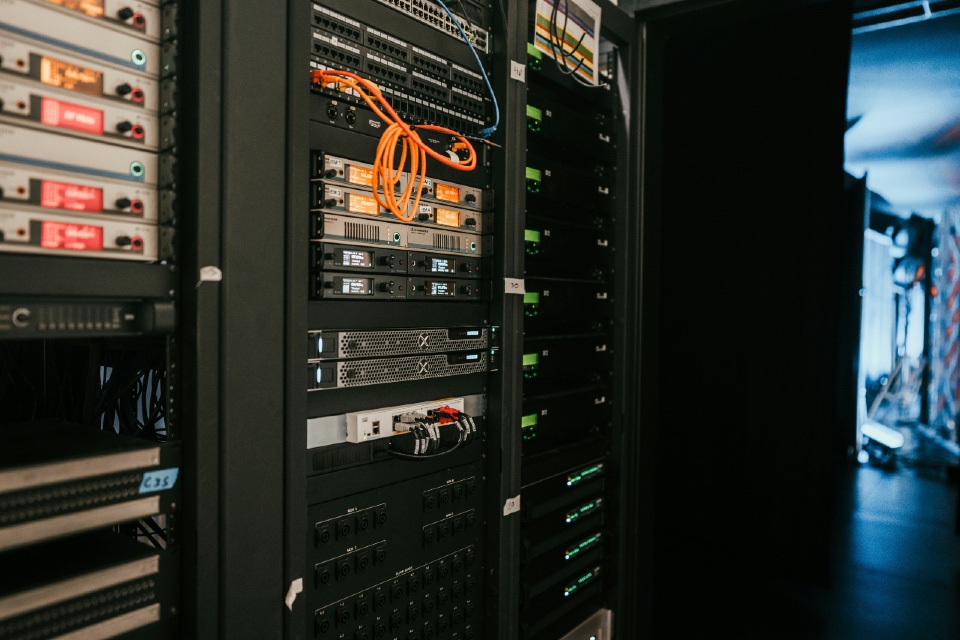Employee cybersecurity awareness has historically centred around phishing tests and annual training modules. While these exercises play a role, the modern threat landscape (and workforce) demands more. Forward-thinking organisations attending the Cyber Secure Forum are reimagining awareness as an ongoing, behaviour-driven discipline, focused not on catching people out but on empowering them to be the first line of defence…
The Limits of Traditional Training
Phishing simulations and online courses have become standard across most organisations, but their impact often plateaus. Employees may learn to spot a fake email in isolation, yet still fall for more sophisticated social engineering attacks or fail to report suspicious activity quickly.
The problem isn’t necessarily a lack of knowledge, it’s that most awareness programmes treat cybersecurity as a one-off compliance requirement rather than a daily behaviour. When awareness is framed as a box-ticking exercise, employees disengage.
From Training to Behaviour Change
The most mature organisations now view the ‘human layer’ as an integral part of their cyber defence strategy. Instead of focusing solely on knowledge transfer, they are focusing on habit formation, behavioural reinforcement, and cultural alignment.
Modern awareness initiatives include:
- Micro-learning and bite-sized content that fits into employees’ day-to-day workflow.
- Scenario-based simulations that mirror real-world attacks across multiple channels (email, SMS, collaboration tools).
- Gamified learning platforms that reward positive security behaviour and foster team-based competition.
- Behavioural nudges, such as prompts reminding users to verify links or lock screens, embedded directly in systems.
These approaches help to normalise secure habits, making awareness part of daily work rather than an annual disruption.
Empowering, Not Policing
The language around awareness is also changing. Rather than positioning employees as the ‘weakest link’, leading organisations are reframing them as the human firewall. A dynamic, adaptive defence layer, if you will.
By giving staff the tools and confidence to act (for example, quick-report buttons for suspected phishing or self-service training on new threats), cybersecurity teams foster shared ownership. This empowerment model not only strengthens defences but also improves trust between security and business units.
Continuous Awareness as Continuous Defence
As threat actors evolve, so must training. ‘Awareness’ is now a continuous feedback loop of learning, testing, and improvement. Integrating awareness data with incident response, threat intelligence, and risk analytics gives CISOs a clearer picture of behavioural vulnerabilities across the organisation.
The takeaway? The future of cybersecurity awareness is about building a security-first mindset, where awareness becomes instinctive, proactive, and deeply human.
Are you searching for Employee Cybersecurity Awareness solutions for your organisation? The Cyber Secure Forum can help!





